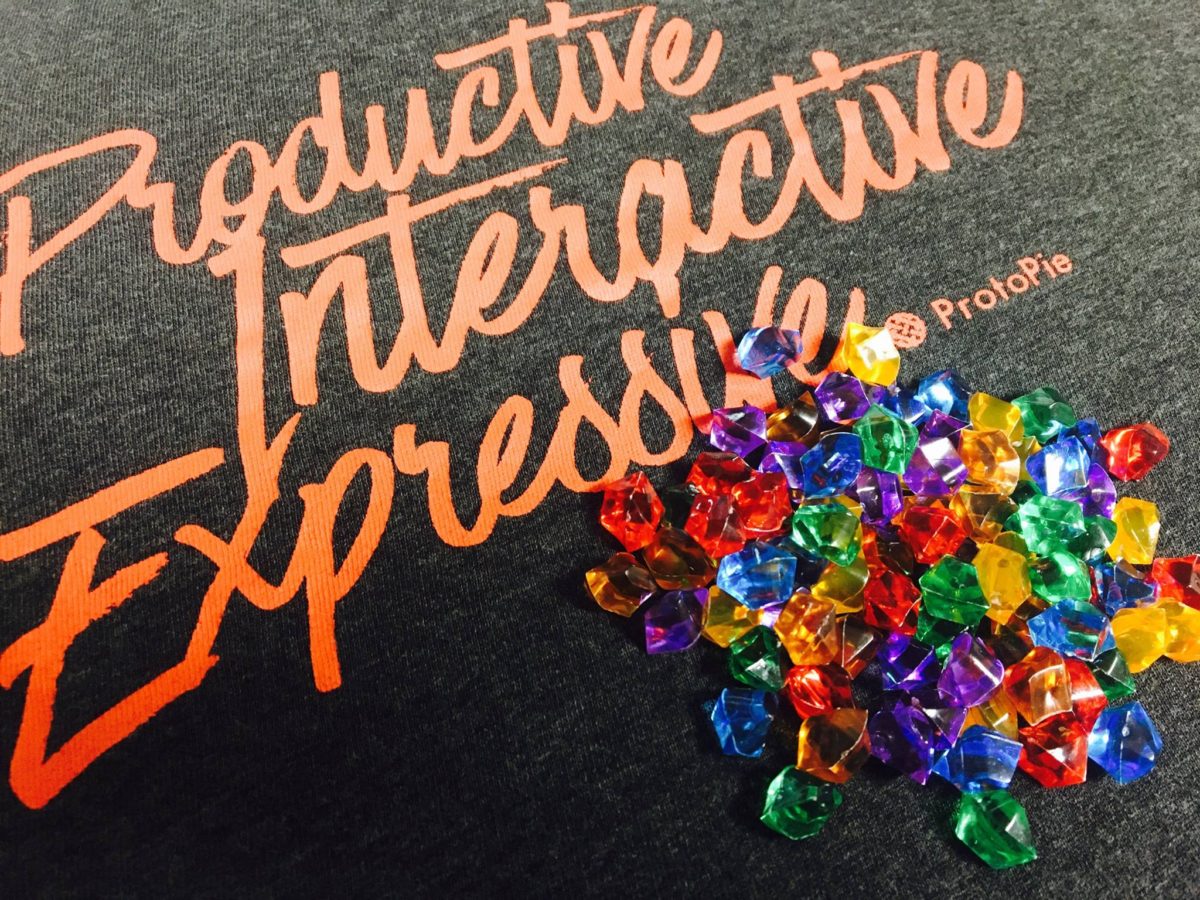AI is transforming the way we design.
It’s not just developers and data scientists that are involved with AI. Don’t forget about the designers.
For long, designers make interfaces for flows and content that we as humans have full control of. However, with the rise of AI, we are giving away (a portion of) control away to machines.
When it comes to composing human-like experiences, designers are expected to not be able to live without.
How about this tool TheGrid.io? Instead of designing a website yourself, TheGrid does it for you. It aims for businesses that want microsites and landing pages up and running faster, easier and smarter. The concept involves consistent A/B testing and refinement layouts. However, it has received plenty of criticism from the design community. To many it felt like as feeding the platform with content that just chooses a template with colors that differ. It didn’t feel like building a custom site in an intelligent manner. Eventually, all websites made with TheGrid.io would look similar to each other. Hence, it is said that designers do believe in the potential of AI driven tools to help them build websites, but not in its current state. When designers would get their hands on a tool that’s truly intelligent being able to customize and personalize websites in a data-driven way, it would definitely benefit them.
Often designers need to create visuals and their variations, that can be a time-consuming process. AI can step in here and take over these creative but repetitive tasks. Netflix its system is able to do this via a set of rules. With a standard image asset, original movie posters and banner units are produced automatically through AI. This way, designers can focus on other things, like the customer experience.
ReFUEL4 is a tool that applies predictive analytics to get your ads automatically redesigned. The system recognizes when a campaign is about to perform less and acts accordingly. The AI engine can predict the performance of ad creatives and can refine your ads by replacing the creatives with ones that are expected to perform better. Also, this helps to understand the online journey of users and segment users.
References
Ismail, K. (2017). The Grid AI-Powered Website Builder Doesn’t Check Enough Boxes. [online] CMSWire.com. Available at: https://www.cmswire.com/digital-experience/the-grid-ai-powered-website-builder-doesnt-check-enough-boxes/ [Accessed 19 Oct. 2017].
Krishna, M. (2017). The Future of Artificial Intelligence in UX Design. [online] SitePoint. Available at: https://www.sitepoint.com/artificial-intelligence-in-ux-design/ [Accessed 19 Oct. 2017].
Lyonnais, S. (2017). The Rise of Artificial Intelligence: How AI Will Affect UX Design. [online] Adobe. Available at: https://blogs.adobe.com/creativecloud/the-rise-of-artificial-intelligence-how-ai-will-affect-ux-design/ [Accessed 19 Oct. 2017].
ReFUEL4. (2017). ReFUEL4 – Build, Analyze and Optimize Ad Creative Powered by AI. [online] Available at: https://www.refuel4.com/ [Accessed 19 Oct. 2017].


Hi Fredo,
Nice blog you posted about AI affecting design, I find it especially interesting as you are talking about AI affecting design as that is usually overlooked. AI is mostly talked about in combination with developers or other sectors such as healthcare or finance. Thus reading your article was refreshing from a different perspective.
I agree with your view that AI take over the repetitive tasks so that designers can focus on others tasks. Rob Girling wrote an artible about Ai and future of design and looked at the question what the designer of 2025 will look like. According to him, the first impact of AI will be that non-designer will be able to develop their creativity and social intelligence skills. Indicating that designers will no longer be the most ‘’creative’’ people. Designer will need additional knowledge and experience to stay competitive, which will also lead to more courses related to design. In the future, designers will most likely have a curator role, as they will train their AI tools to solve design problems. Furthermore, the article also argues that AI is not stealing the design jobs but rather complements the humans when working together, as AI is able to create millions of facets. Hence, AI offers huge opportunities for designing. However how to design those AI tools is still the question.
https://www.oreilly.com/ideas/ai-and-the-future-of-design-what-will-the-designer-of-2025-look-like